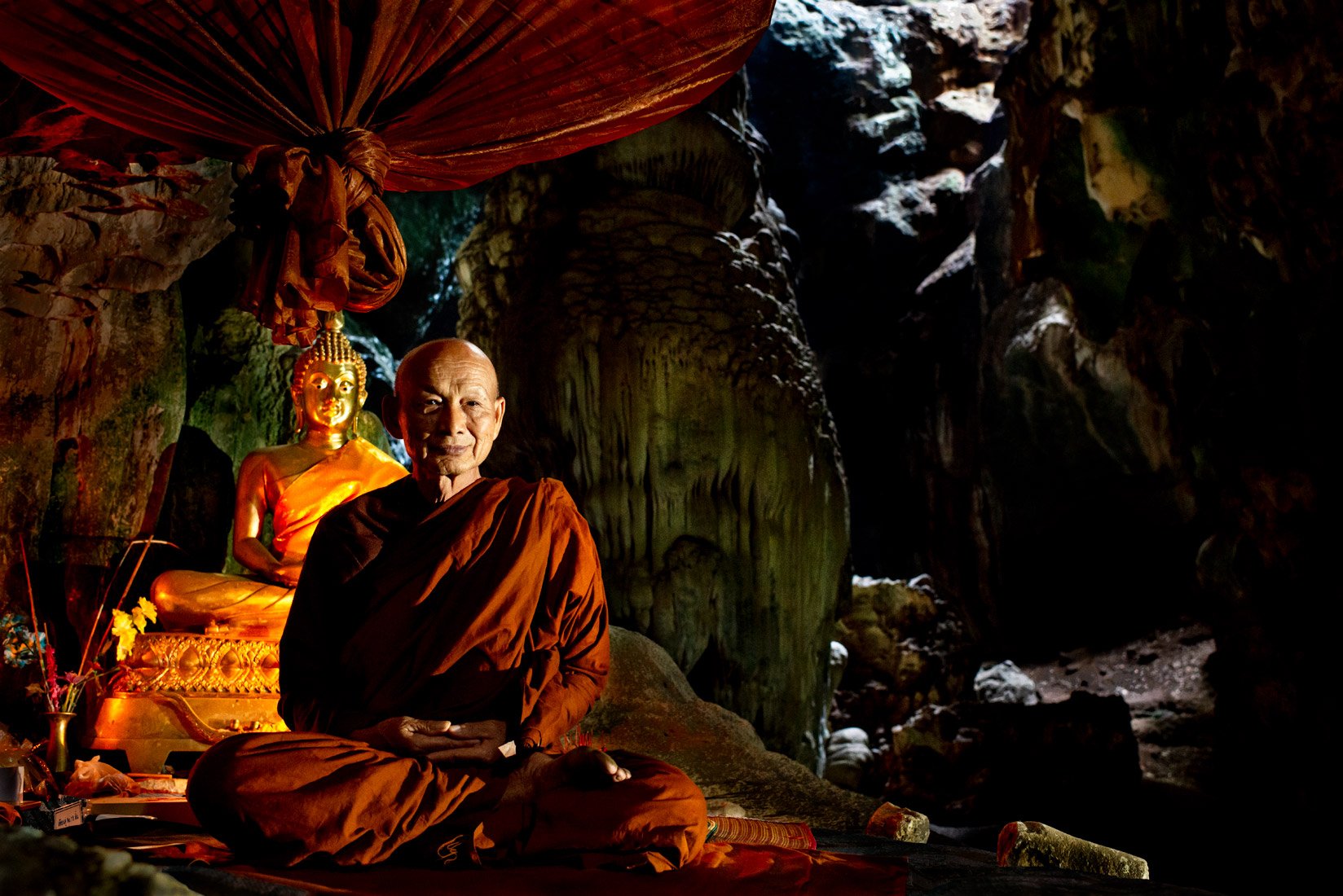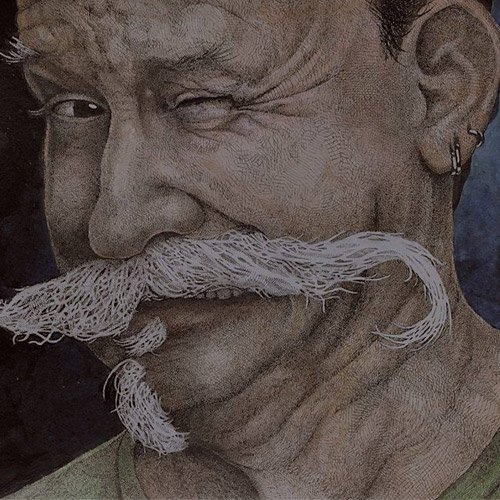Going Underground - Cave Photography on Doi Inthanon

by
Kevin Landwer-Johan

Caves are fascinating to people who like damp places with little or no light. Exploring a subterranean world of mysterious caverns is not my ideal recreational activity. Or a photography location. Having to navigate rugged terrain illuminated only by a headlamp can be dangerous. The environment is also unforgiving for camera equipment. I recently had a change of mind as I visited a Doi Inthanon cave with two good friends.
Earlier this year I accompanied my friend and avid cave explorer, John Spies, to a cave near his home in Mae Hong Son province. He’d had to talk me into going because I was not so interested in dark holes in the ground. I preferred my idea of lying in a hammock reading a book. However, John was successful. He convinced me to join them. I wrote about my experience here.

A Change of Attitude
On that day, my attitude changed. I’ve had my eyes opened and no longer see caves as only being cramped, damp spaces too far from daylight.
John and his wife Nang have visited our home a few times. The first time being before the house was completed. It was back then he told me of a cave in Doi Inthanon National Park he knew of. He’d explored it many years ago.
Last weekend John and Nang came to stay with us. The first thing John asked me was “Do you want to go up to Borjinda Cave?” Yes, I said. Ever since my trek and cave experience in January I’ve been eager to go with him underground again. This time I’d make sure I had a camera and tripod with me.

Doi Inthanon Cave
So John, Nang and I headed a short way up Doi Inthanon. Not far past the rangers checkpoint we took a narrow dirt road down to a stream. Crossing the weir and making our way down the valley a little, John found the track and we started our climb to find the Doi Inthanon cave.
Ibex like Nang scaled the slope as John kept a slower pace to accommodate me. I was pleased to be traveling light. Only bringing with me one camera and 35mm lens, plus my tripod. It didn’t take long to reach the top. A little further over the crest we saw the cave entrance.
John commented on a bare footprint on the track at the cave entrance. Nang said it was likely made by a monk, (who often walk barefoot.) As we entered the cavern and started our descent we could see a warm orange glow deeper in the cave. Then a shadow of movement.
Making our way down was not difficult. Much easier in fact than the last cave John had taken me into. As we got a little deeper inside we could make out a golden Buddha statue, two large yellow candles burning and a lone monk.

Monk in the Cave
We made our polite wais and chatted a while. At least John and Nang chatted with him and I did my best to follow the thread of the conversation. I seemed the monk has been visiting this cave over the past three years.
Looking around me I was amazed. Now my eyes had become accustomed to the light. I could see much of the large cathedral like room we were standing. Near the entrance there were two smaller holes in the roof of the cave. Further in and around a corner, was a slightly smaller room with a larger skylight. Daylight was pouring in. This is my kind of cave, I thought.
No crawling around. An easy descent from the entrance. Huge cavernous rooms which are effortless to navigate. And soft natural light falling from above.

As we moved through into the second room the monk accompanied us. He curiously watched as we set up tripods and discussed the lighting and cave interior.
I’ve seldom photographed in caves and was eager to learn. John’s been doing this for decades. I’ve marveled at John’s cave photos so I knew I was with a skilled photographer well seasoned at working in the dark.
But we weren’t. There was so much light. Initially we were only using the available light. It wasn’t until we started photographing the monk, who was happy to pose for us, that Nang pulled out the LED light she had in her backpack.

Monk Portrait in the Doi Inthanon Cave
Where the monk sat was pretty dark. The candles alone were not providing enough light. Adding the LED made it possible for us to create a series of portraits. We were using fairly slow shutter speeds, but our subject was remaining motionless as we worked. As we finished up we thanked him and he passed me his card.
I’ll take some prints to give him. He lives at a monastery not far from here. We were very grateful that he was happy to sit patiently while we photographed him. It was an unexpected bonus on our short expedition. As we moved back into the bigger room the monk turned towards the Buddha statue and began chanting. It was surreal.
John was pointing out certain aspects of the cave and features that made it interesting. We took turns posing for the camera. In a space that size adding a person in the pictures provides scale.
Making Use of the LED Light
LED lights have developed to a point where they are now super bright and portable. The one we were using had a single, small light source so it produced quite a harsh beam. It’s spread was impressively wide, but the shadows were hard edged and dark. I’d love to experiment with softening the LED light. This will mean working with slower shutter speeds, because whenever a light is diffused it loses power. Most of the time when photographing in a cave this is not a problem.

Balancing daylight with artificial light is something I enjoy. Matching the tone and feel of a flash or continuous electric light is a challenge. I like to find the sweet spot where added light compliments the natural light in luminance and softness. The daylight making its way into the cave was beautifully soft.
We weren’t using very long exposures because of the ambient light. If we had been and used a diffused LED I think we could have balanced the light well. This is my challenge for future visits.
If you enjoyed reading this article about the Doi Inthanon cave, please check out this one next:
Exploring the Back Roads of Doi Inthanon on a Classic Honda Dream